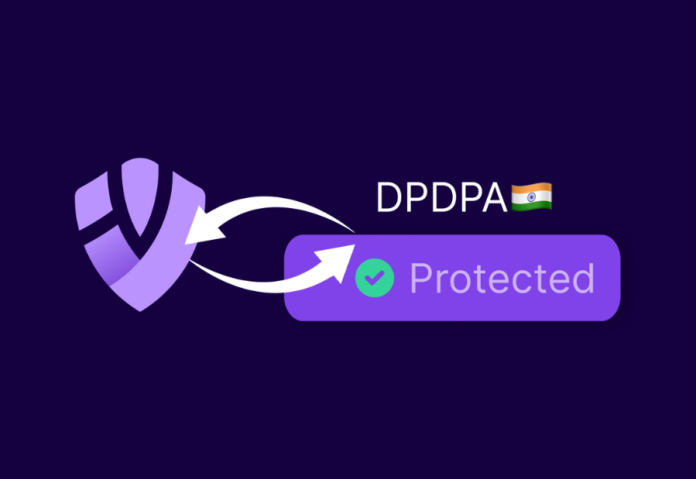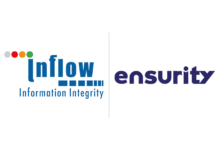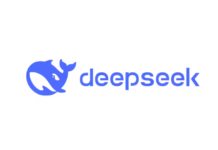Companies have a great chance to assess their whole security posture thanks to the DPDPA.
The Digital Personal Data Protection Act (DPDPA), a historic piece of legislation, will go into effect in India in 2024. To protect the privacy of Indian citizens, the DPDPA provides strict requirements for processing personal data for firms operating in or supplying the Indian market.
Adhering to the DPDPA may seem overwhelming, particularly with regard to cybersecurity. Nonetheless, companies have a great chance to assess their whole security posture thanks to the DPDPA. This will guarantee that they have the security policies, strategies, and technologies in place to better secure all of their digital business assets from quickly changing cyberthreats, in addition to assisting them in complying with the new regulations.
Key principles of the DPDPA
Both public and commercial entities handling Indian personal data are subject to the DPDPA. This covers companies that operate in India as well as foreign companies that handle this kind of data for Indian customers’ marketing or sales. The DPDPA applies only to digital data or data that is converted to digital format after it is collected. Penalties and fines for DPDPA noncompliance can be severe.
A number of core data management principles are outlined in the DPDPA. These include getting people’s express consent before processing their personal information, gathering and utilizing information solely for certain permitted uses, and guaranteeing data accuracy. Preserving private information from unwanted access and security breaches is another essential aspect of data privacy. Accountability and transparency are also prioritized by the DPDPA. Cybersecurity is significantly impacted by all of this.
Meeting DPDPA requirements from a security perspective
Businesses must understand what personal information they have, where it is kept, who may access it, how to protect it, and how to restore and recover it in the event of an emergency. A security plan that complies with DPDPA will be shaped in part by the responses to these queries.
From a security standpoint, there are three primary elements to take into account: a technological element comprising software and security solutions; a program element covering password policies, access controls, and authentication measures; and a cultural element addressing the crucial topic of staff training and awareness regarding safe data handling and the most recent cyberthreats targeting data.
Robust and resilient security tools
The initial part of your security measures should be email protection, which encrypts emails and blocks unwanted access to safeguard people, data, and mailboxes.
To safeguard against ransomware and other malware attacks that target data, this should be supplemented with network-level security measures like firewalls. Application protection will also help to secure application interfaces, which are becoming more and more vulnerable to cyberthreats attempting to access data. This is especially crucial if the apps are internet-facing and web-based.
All of these measures will aid in preventing data loss, theft, compromise, and exposure.
Extended detection and reaction (XDR) systems can be very helpful in complying with DPDPA’s breach reporting standards. These combine cutting-edge technologies with professional analysis, round-the-clock monitoring, and responsiveness. This implies that you can lessen the effects of data events, stay in compliance with regulations, and swiftly detect and handle security incidents and possible breaches.
Finally, but just as importantly, companies must make sure they have secure data management and storage solutions in place for private, sensitive, and personal information in order to abide by DPDPA’s requirements for data retention and documentation.
For cloud and physical environments, immutable or tamper-proof data backup systems offer automated, safe backup. By reducing human error and downtime, these solutions provide dependable data recovery, risk reduction, business continuity, and compliance. Seek out data protection solutions that facilitate the easy retrieval of emails and other data while also assisting you in meeting requirements for data retention and e-discovery.
A culture of compliance
You should examine your security policies in addition to these defense-in-depth security solutions. Is data access, for instance, restricted to those who require it and managed by techniques like multi-factor authentication or “zero trust” access? Are your authentication and access controls implemented uniformly throughout the organization? If not, why not?
Effective cybersecurity awareness training for staff members is essential to supporting these security programs since it will teach them about the most recent risks to be aware of, how to report them, and how to manage data safely. The goal is to promote a data-driven business culture that values respect and accountability.
Conclusion
The DPDPA’s implementation establishes a new benchmark for data protection and represents a major advancement in protecting Indian citizens’ privacy. Organizations may improve their entire security posture and guarantee the safety and integrity of their data in an increasingly digital environment by proactively addressing compliance obligations.
To secure their organization’s data and reputation, we urge enterprises to confidently embrace the future of data protection and successfully negotiate the complexity of DPDPA compliance.
Do Follow: CIO News LinkedIn Account | CIO News Facebook | CIO News Youtube | CIO News Twitter
About us:
CIO News is the premier platform dedicated to delivering the latest news, updates, and insights from the CIO industry. As a trusted source in the technology and IT sector, we provide a comprehensive resource for executives and professionals seeking to stay informed and ahead of the curve. With a focus on cutting-edge developments and trends, CIO News serves as your go-to destination for staying abreast of the rapidly evolving landscape of technology and IT. Founded in June 2020, CIO News has rapidly evolved with ambitious growth plans to expand globally, targeting markets in the Middle East & Africa, ASEAN, USA, and the UK.
CIO News is a proprietary of Mercadeo Multiventures Pvt Ltd.






